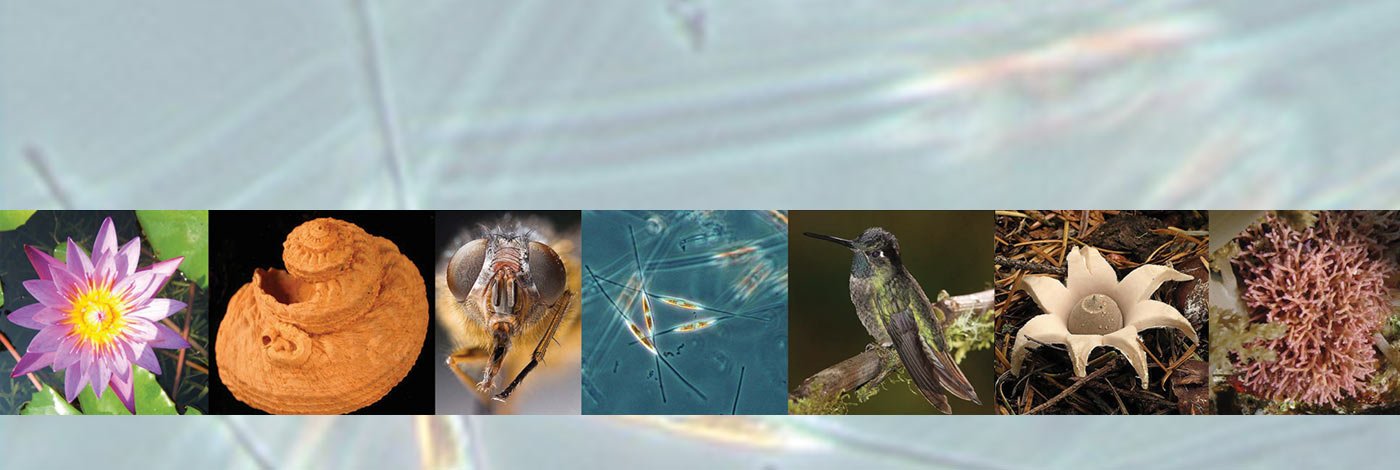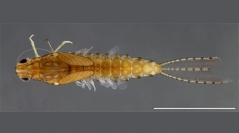

 European Journal of Taxonomy
2020 (617) - Pages 1-23
European Journal of Taxonomy
2020 (617) - Pages 1-23Cloeon perkinsi was described from South Africa in 1932 by Barnard. Despite being relatively common in Africa, it was mentioned in the literature quite rarely, and its known distribution to date includes most of sub-Saharan Africa. Material collected recently in Ethiopia, Israel, Saudi Arabia, and Yemen extends its distribution in East Africa, Arabian Peninsula and the Levant. We examined this material, and provide a re-description of adults (females and males) and nymphs of the species. It represents a much-needed urge mainly due to inconsistencies in literature reports regarding colouration, and sometimes incomplete morphological description of all stages. We demonstrate the intraspecific morphological variability that we have witnessed, and provide information regarding the range of habitats colonised by C. perkinsi. Based on geological and climatic history of the studied region, taken together with among countries genetic distances of the mitochondrial barcoding gene COI, we propose colonisation mechanisms for the north-easternmost limit of distribution. The fragmented distribution pattern of the species highlights the conservation importance of isolated aquatic habitats in the region, as well as current knowledge gaps.